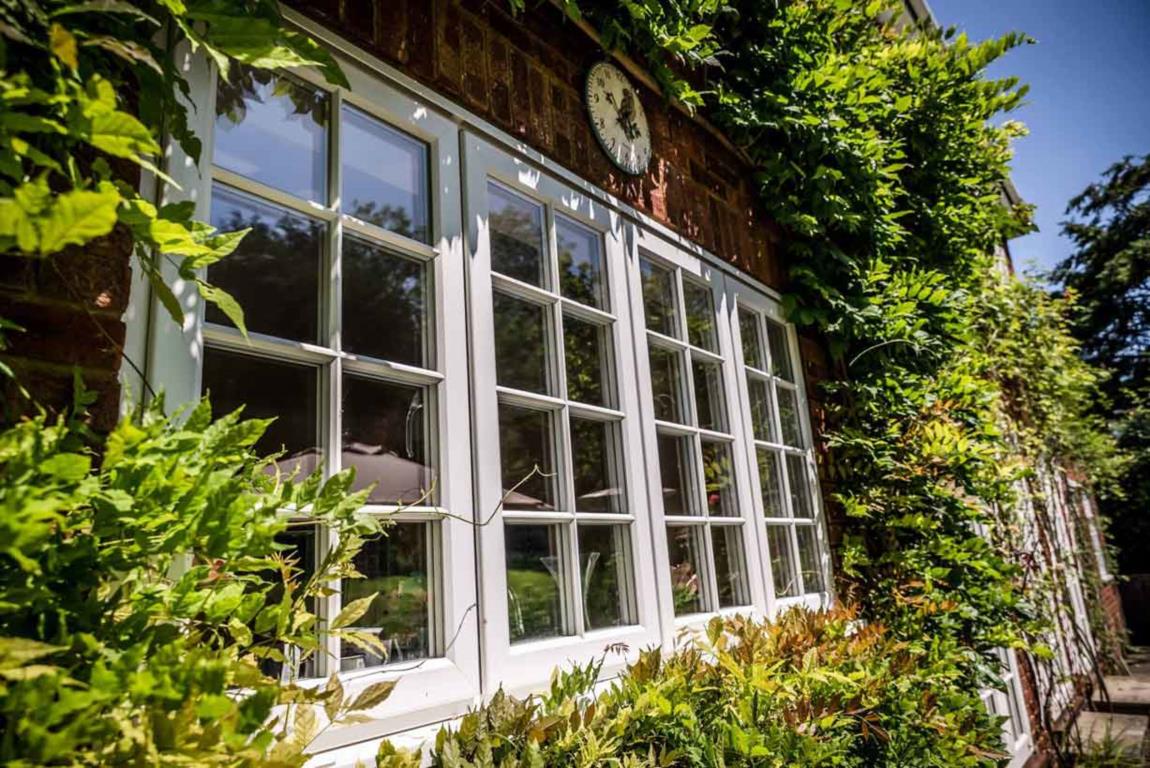All Categories
Featured
Table of Contents
Energy Efficient Windows: Choose The Best Option For Your ... in Brentwood WA
That window can send more solar heat in winter season than in summertime. A west-facing window on a summer season's afternoon has an angle of occurrence from near 0 up to 30 with a large efficient location of solar radiation. A north-facing window, in summer season, has a high angle of occurrence and a low effective area of solar radiation, so can transfer less heat than a west-facing one.

You can rapidly and easily enhance the thermal performance of your house by replacing your windows. There are thousands of types of glass and frames to pick from.
Diy Double Glaze in Hillman Western Australia
Single glazing with clear glass is not extremely effective when it comes to heat loss or gain. To improve efficiency, you can utilize single glazing with a more energy-efficient type of glass such as low emissivity (low-e) glass.
Several layers can be put together with sealed cavities in between each sheet of glass. IGUs normally use better energy performance than single glazing, due to the fact that they transmit less energy. However, the energy performance of IGUs also depends upon: the homes of each layer of glass. Various glass types (for example, clear and low-e glass) can be assembled in an IGU.
Double Glazing For Warmer Temperature : R/melbourne in Beechboro Western Australia

IGU cavities can be filled with air or a more inert, low-conductivity gas such as argon the width of the cavity. Cavity density is typically 6 to 18mm. Broader cavities supply lower (better) U values, with 12mm normally accepted as the preferred space how well the cavity is sealed. Cavities must be dry and well sealed to avoid wetness getting in.
If argon is set up to the cavity in place of air, moisture is dependably left out the level of desiccant (drying representative). The spacer (metal or polymer strip) that separates the glass layers includes a desiccant to take in any moisture. Insufficient desiccant might cause wetness to condense on the glass surface in cold conditions, reducing thermal performance.
Windows Of Opportunity: Your Guide To High-performance ... in Lakes WA
In reality, IGUs can deliver much better energy efficiency for all environments, particularly in heated and air-conditioned houses. Cross-section information of single, double and triple-glazing units Low emissivity glass (frequently referred to as low-e glass) decreases heat transfer. Low-e glass may be either high or low transmission: High transmission low-e glass has a finishing that permits daytime from the sun to pass into your home to accomplish good solar heat gain, however lowers the quantity of the long wavelength infrared heat that can leave back through the window.
Low-e glass has either a pyrolytic finish or a vacuum-deposited thin film metal covering. Pyrolytic finishings are resilient and can be used for any glazing; vacuum-deposited coverings are soft and are only utilized within IGUs. Low-e coverings can substantially enhance both U worth and SHGC; however, they need to be utilized correctly or they will either degrade or fail to perform as needed.
Summer Scorcher Predicted, Again! Double Glazed ... in Seville Grove Perth
Low-e finishings can be used in combination with clear, toned or reflective glass. Low-e coverings on glazing can reduce heat transfer where required Photo: Department of Industry, Science, Energy and Resources Toned glass has colouring ingredients consisted of during manufacture. It is offered in various colours, normally bronze, grey, blue and green.
Latest Posts
Why Is Double Glazing So Important In Winter? in Floreat Western Australia
Pros And Cons Of Argon Gas In Windows in Bedford Perth
Can I Have Double Glazing In A Summerhouse? in Madeley Perth